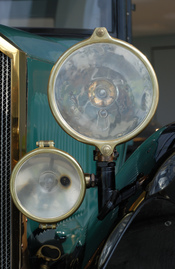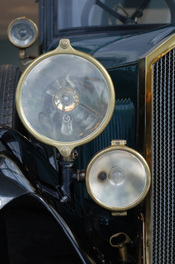The auto industry is the world's largest manufacturing industry. Overcapacity in this high fixed-cost industry is not distributed equally around the globe. Also, the effect of "lean manufacturing" and heavy concentration was changing the structure of the auto industry - only two suppliers remained for producing fuel injection systems. Marketing and brand image is key as the distribution channel, including marketing expenses, account for up to 30% of a vehicle purchase price. The auto industry has also become knowledge-intensive, and the impact of technology through R&D is a crucial aspect of differentiating cars. Stable positions of competitive advantage in mature industries such as the auto industry are traditionally associated with cost advantage from economies of scale or experience, and differentiation advantage through brand loyalty.
In the auto industry, all the major companies have sought to improve their profitability by shifting into higher-margin segments, notably luxury cars, light trucks, SUVs, and passenger vans.
The DaimlerChrysler merger effectively focuses on segment and customer selection with minimal overlaps. For example, Chrysler's most profitable cars include SUVs, pickups, and minivans, and Daimler-Benz's A, C, E, and S-Class models cover the higher priced compact through luxury markets. Chrysler achieves economies of scale through its conventional platform models and was considered best practice for cost-effectiveness. The increased standardization that accompanies maturity greatly assists the exploitation of such scale economies. However, one point of concern is that the merger of equals planned for not layoffs or plant closures, which may indicate a relative increase in overhead or fixed costs.
Standardization constrains but does not eliminate the potential for differentiation. Mercedes Benz's 8% R&D cost-on-turnover allows Daimler-Benz to benefit from technological superiority. Furthermore, the quest for differentiation in mature industries requires innovation. Specifically, strategic innovation such as the Mercedes-Benz fuel cell car becomes prominent once product...

